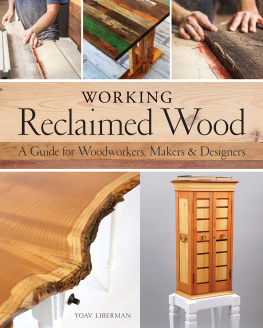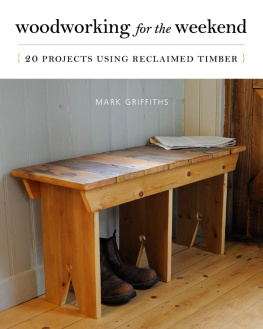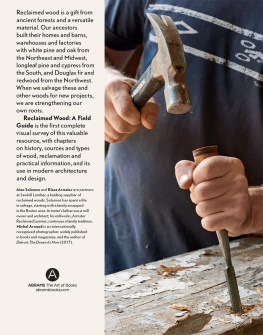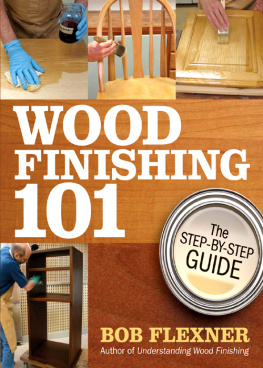Contents
Guide
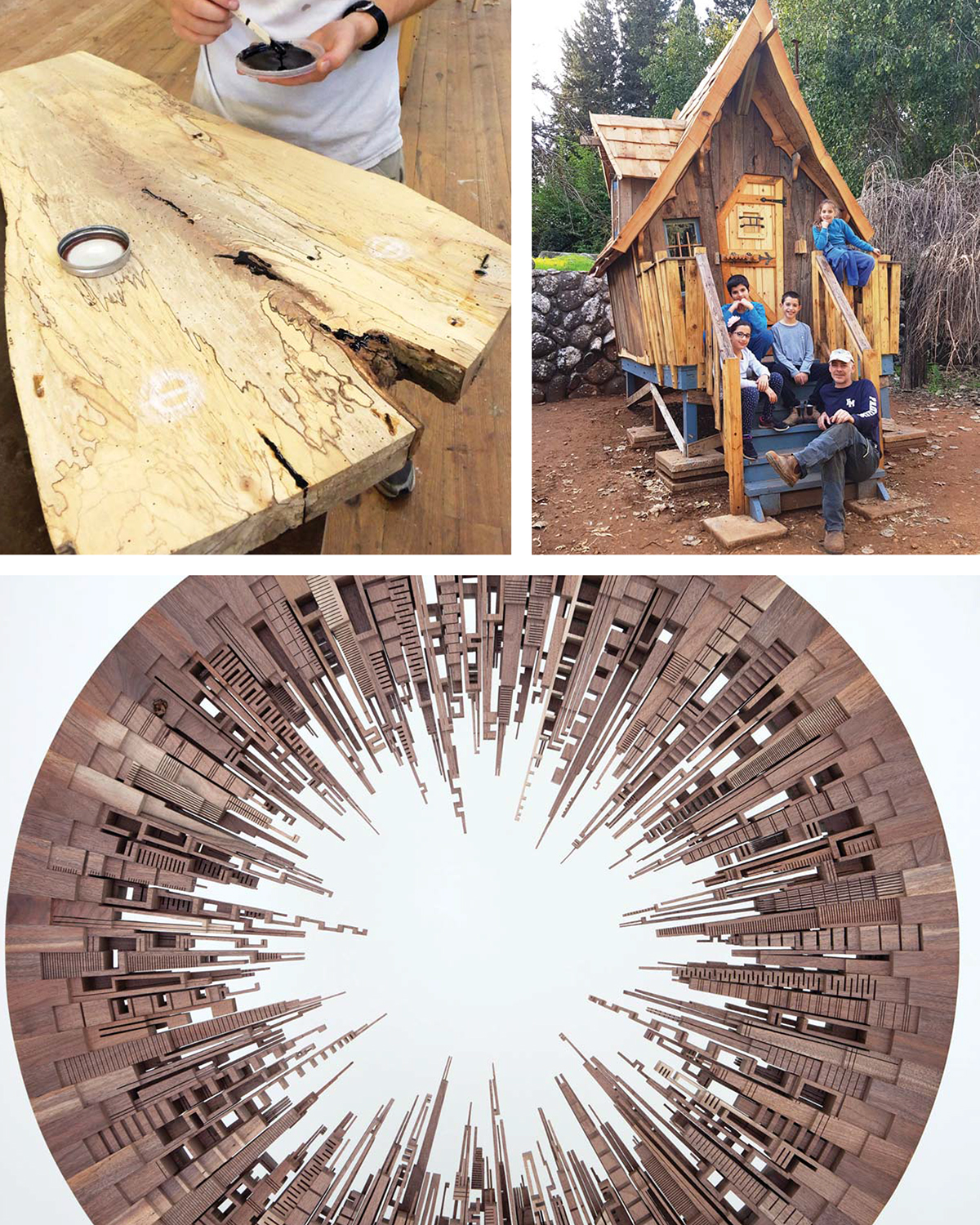
Working
Reclaimed Wood
A Guide for Woodworkers,
Makers & Designers
Yoav Liberman

www.popularwoodworking.com
Table of Contents
)
Read this important safety notice
To prevent accidents, keep safety in mind while you work. Use the safety guards installed on power equipment; they are for your protection. When working on power equipment, keep fingers away from saw blades, wear safety goggles to prevent injuries from flying wood chips and sawdust, wear ear protectors, and consider installing a dust vacuum to reduce the amount of airborne sawdust in your woodshop. Dont wear loose clothing, such as neckties or shirts with loose sleeves, or jewelry, such as rings, necklaces or bracelets, when working on power equipment. Tie back long hair to prevent it from getting caught in your equipment. People who are sensitive to certain chemicals should check the chemical content of any product before using it. The author and editors who compiled this book have tried to make the contents as accurate and correct as possible. Plans, illustrations, photographs and text have been carefully checked. All instructions, plans and projects should be carefully read, studied and understood before beginning construction. Due to the variability of local conditions, construction materials, skill levels, etc., neither the author nor Popular Woodworking Books assumes any responsibility for any accidents, injuries, damages or other losses incurred resulting from the material presented in this book. Prices listed for supplies and equipment were current at the time of publication and are subject to change. Glass shelving should have all edges polished and must be tempered. Untempered glass shelves may shatter and can cause serious bodily injury. Tempered shelves are very strong and if they break will just crumble, minimizing personal injury.
METRIC CONVERSION CHART
| to convert | to | multiply by |
| Inches | Centimeters | 2.54 |
| Centimeters | Inches | 0.4 |
| Feet | Centimeters | 30.5 |
| Centimeters | Feet | 0.03 |
| Yards | Meters | 0.9 |
| Meters | Yards | 1.1 |
INTRODUCTION
About This Book
Reclaimed Wood in the Age of Disposability
Self-preservation is one of the strongest forces in nature. While this is true of organisms that strive to overcome the difficulties that life presents to them, self-preservation and its altruistic relative, preservation is the force that motivates and leads me and my fellow reclaimers in our quest to allow natures prime material, wood, to survive beyond its primal use and flourish again in new creations. We love to see rejected, tossed-away, abandoned or forgotten wood and timber acquire new life and become useful again in creations such as furniture, interiors and even building construction. The purpose of this book is to demonstrate the potential of reclaimed wood and other reclaimed materials. Well examine how to recruit and rehabilitate them, then how to design and build with them.
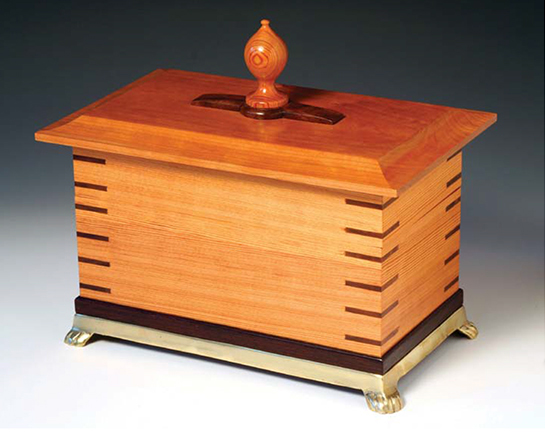
ETROG BOX BY YOAV LIBERMAN (2005)
Longleaf pine, wenge, cherry, walnut, brass, silk and linen padding, 9" x 5.5" x 8"
PHOTOGRAPH BY YOAV LIBERMAN
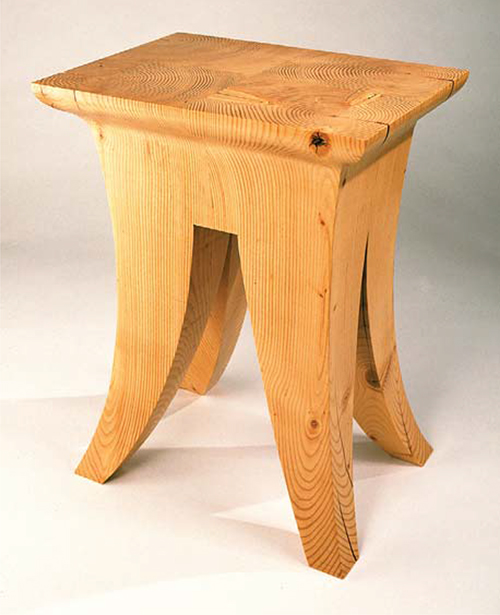
CORDUROY BY YOAV LIBERMAN (2001)
Douglas fir, polyurethane, 18.5" x 13.5" x 10"
PHOTOGRAPH BY GAIL HANDELMANN
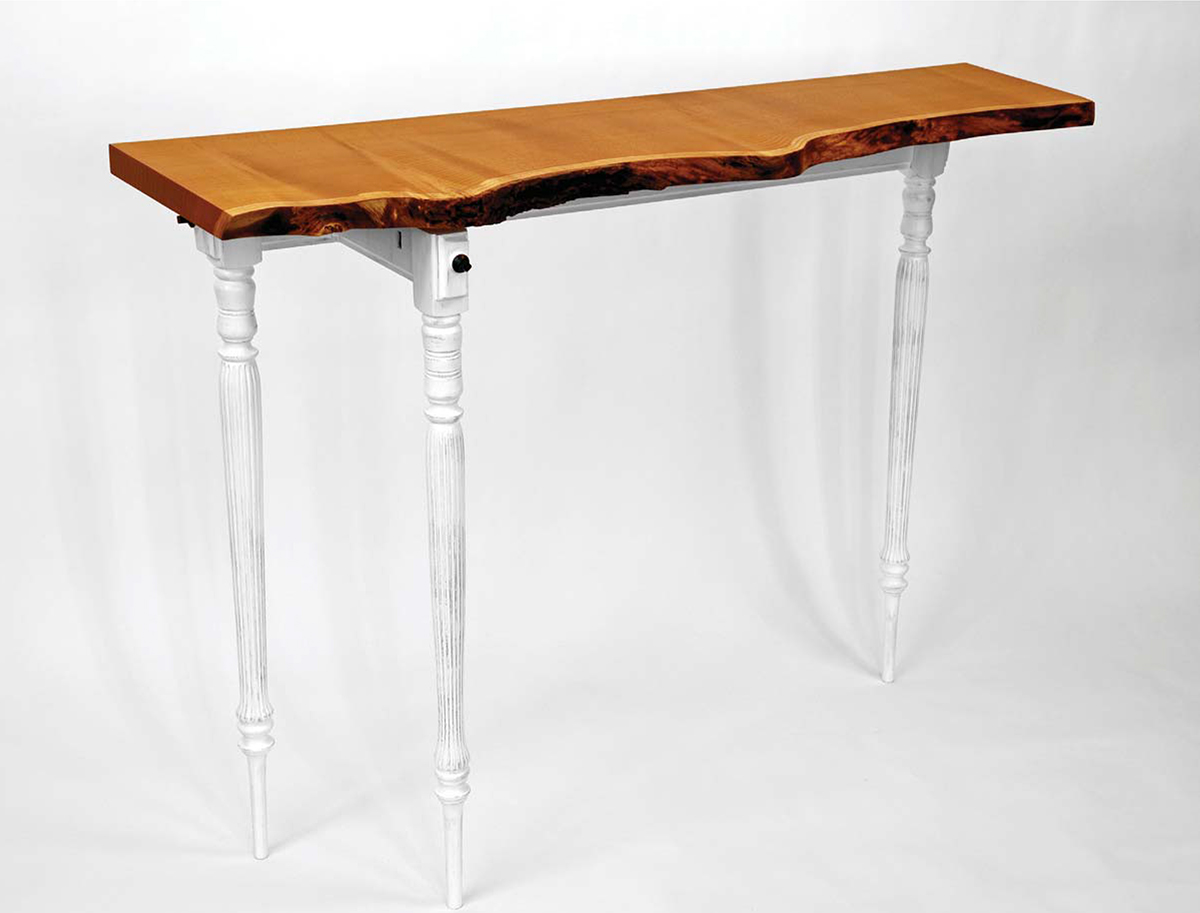
MULBERRY TRIO TABLE BY YOAV LIBERMAN (2012)
Mulberry, oak, maple, mahogany, teak, steel, milk paint 36" x 17.5" x 52"
PHOTOGRAPH BY YOAV LIBERMAN
Reclaimed, reused, repurposed
Ive been utilizing reclaimed material from the first day I became a woodworker. Reclaimed wood and found objects provide not only ecologically savvy raw material, but also the conceptual inspiration for the creation of new pieces. When I work with reclaimed materials I tap into the memories and experiences resonating from the reclaims. I look past flaws to mine the materials rich aesthetic, functional and structural potential, challenging myself to bring these strengths to the fore. Working with reclaimed resources is an invigorating challenge that rewards the designer, the maker and the user with a piece that is imbued with history, environmental significance and one-of-a-kind charm.
This book explores furniture, decorative art and sculpture made from reclaimed materials mostly wood. Ill show you how to resource materials, treat them, design according to what you obtain and, lastly, build your pieces. Whether youre a designer, maker, collector or simply an owner of furniture, youll find the tools to understand, appreciate and build meaningful pieces that stem from the salvageable.
The definition of what is reclaimed wood can be quite broad. It can include wood that has been put to use at some point for one purpose a structural beam from a Colonial era barn for instance. With the barn dismantled and the beams resawn, the planks can now be reconfigured and used to build new furniture. Other types of reclaimed projects can evolve from miscellaneous cutoffs, scraps and rejected virgin lumber, to become something new. Reclaiming can also mean repurposing drift- and abandoned wood, logs and limbs salvaged from riverbanks and the woods.
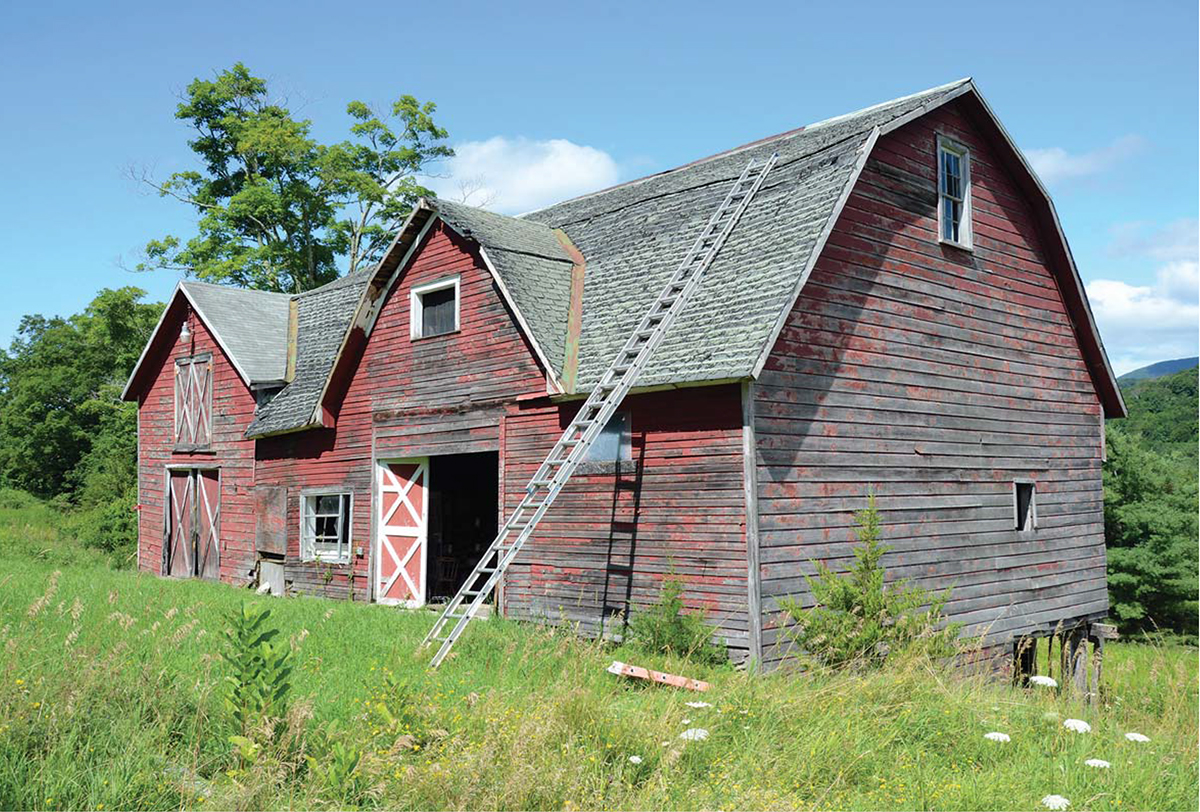
To this family of R (reclaimed, recovered, reconfigured and repurposed materials) we can also add one more: reused. By this I mean incorporating complete parts such as a leg of a table or a rusted drawer handle rescued from the garbage to serve in new furniture. Those adopted objects can be subjected to some kind of cosmetic or structural modification before being incorporated into the new piece, or simply added as-is to showcase their unapologetic previously owned history at the fore.
For many makers, environmental considerations lead the way toward choosing to incorporate reclaimed wood and materials in their projects. As we become more and more aware of the paramount importance of our environmental responsibilities as de facto guardians of this world, so arises the recognition that irresponsible harvesting, processing, utilizing and disposing of natures precious resources all come with a price.
In other words, reclaimed wood is environmentally correct. Wood, as we know it, is one of the largest repositories for CO2 the prime suspect related to global warming. By reusing reclaimed wood we accomplish two important things: First, we reduce the wastefulness of dumping a great resource into our landfills, which will eventually decompose and release CO2 back to the atmosphere. Reclaiming wood also helps moderate the purchase of new lumber, which, in turn, (hopefully) prevents further deforestation, allowing more trees to grow and flourish and absorb more CO2 from the atmosphere.

